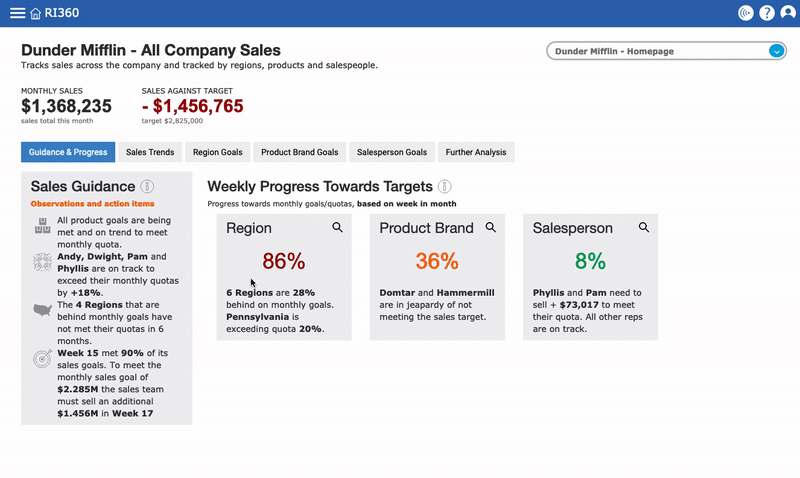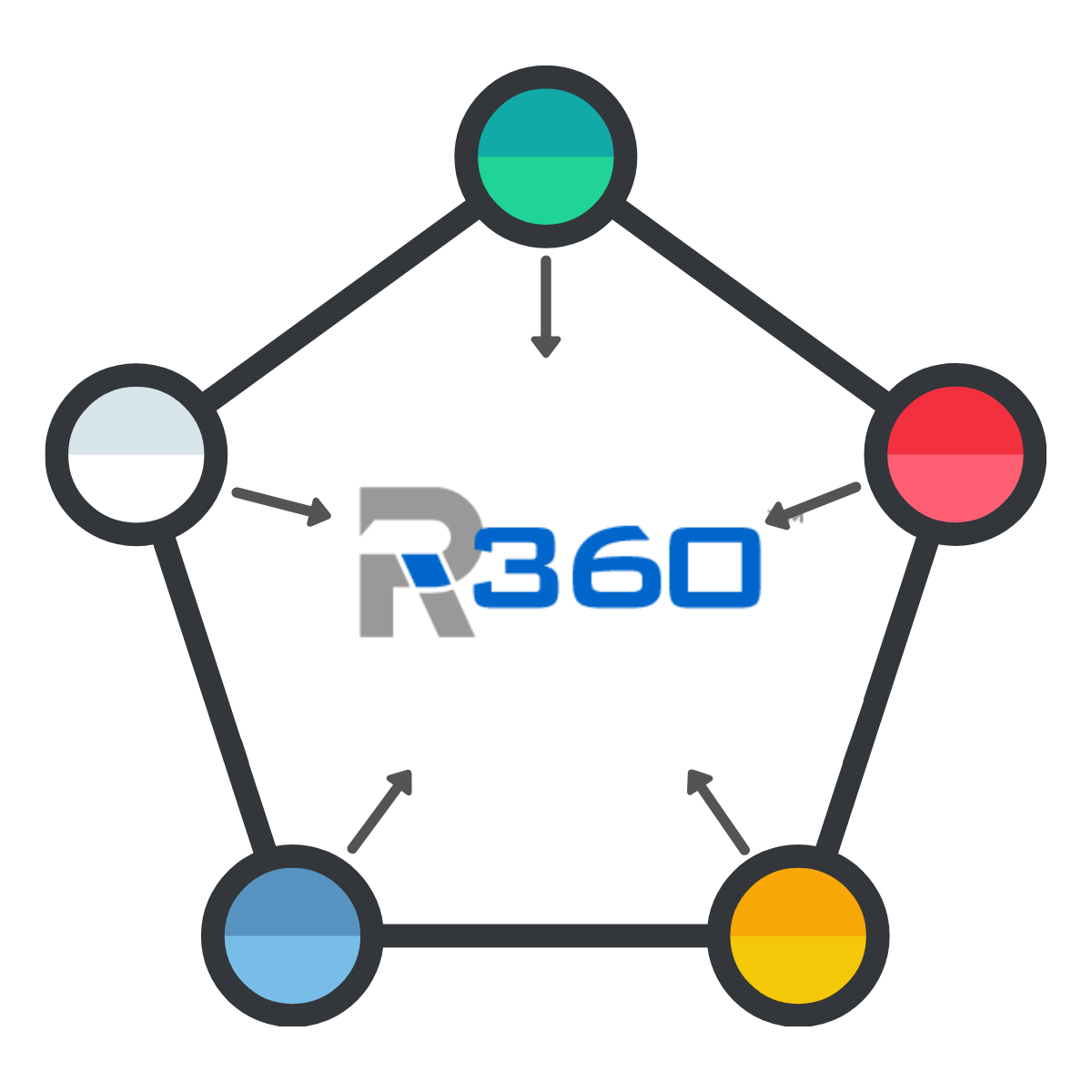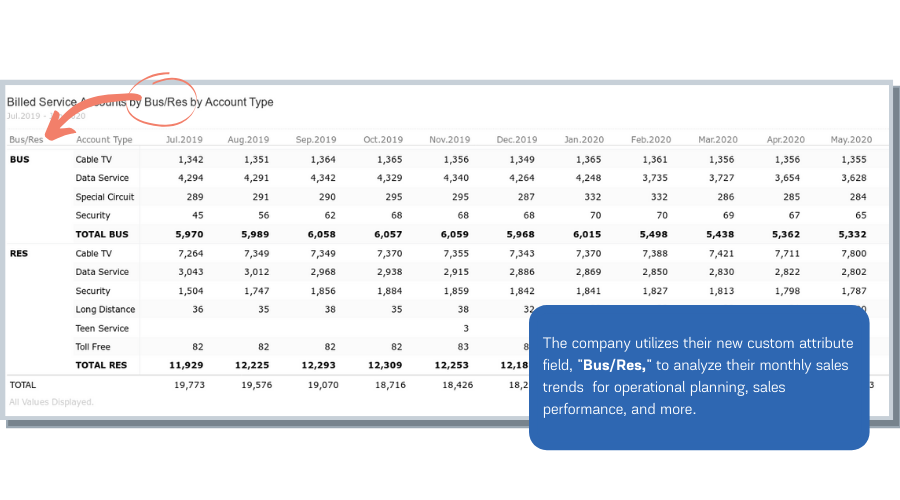A knock-out sales team is the difference between growth and stagnation for many B2B companies. Adding the power of data analysis to understand sales trends and performance is tremendously valuable (at first glance).
Let’s cut to the chase and talk about some of the immediate issues with sales teams and analytics software:
Sales people aren’t analysts. They spend enough time with data entry keeping their accounts up-to-date, that the idea of spending even more time staring at charts and tables is hardly appealing.
Sales people are busy. They are relationship builders and problem solvers - both take a lot of time and don’t leave much room for scouring rows of data for the hidden key to a killer end-of-quarter sale.
Sales people are highly adept at evaluating time to value. Spoiler alert: because they are sales people. They spend their days communicating the value of their products/services/etc. If they are handed a sales reporting tool that isn’t immediately offering value, it will quickly begin collecting dust.
Any sales people reading this - please leave a comment and let us know if we missed anything in our quick “issues with sales teams and analytics software” list.
Moving on.
How do you overcome roadblocks between sales teams and sales reporting and analysis software?
First, find an out of this world sales analytics software solution. Second, foster data culture. Ok - so maybe not super easy, but it’s just two things, so how hard can it be? Seriously though - our goal isn’t to scare you into giving up hope on sales analytics, our goal is to present a solution.
Fostering data culture in sales teams
At this point you may be thinking, “But you just said that sales people aren’t analysts and now they are supposed to take part in a data culture? How does that make sense?” Bear with me.
#1 Sales reps and leaders need to be excited about data
It has to be easy to use and be ready to offer value right out the door otherwise why bother checking it. If sales people are excited about insights they are getting from sales reporting, they will naturally start incorporating those insights into how they approach their sales.
#2 Take an iterative approach to how you incorporate data into your sales organization
Start off with high-value analysis, such as easy performance monitoring against goals (see #3) so sales reps can quickly see how much they’ve sold, how much they have to sell, etc. Don’t boil the ocean. Read more on our approach to iterative analytics.
#3 Be able to track progress toward sales goals
This is such an important feature that sales analytics software should have, but too few do. On top of that, it can be seen as an unrealistic expectation of a sales analytics tool. But guess what - its 2020 and you should most definitely expect sales analytics software to track goals.
#4 Start with the daily 15
The daily 15 is any easy way to develop a habit of checking analytics by using mindfulness techniques. It’s all about intentionality and it works for anyone at a business - including sales teams.
#5 Automation, accountability, and automony
Automated sales analysis leads to autonomy, accountability, and transparency for everyone on your sales team. We firmly believe the best way to do this is to automate your sales reporting by integrating with your accounting system. Transparency, honesty, accountability.
Finding a sales analytics software solution
Ri360 Sales Target is a new sales module within Ri360. It is built for B2B sales teams and addresses common struggles within sales analytics. We think it is a pretty groovy product, so check it out if you are looking to revamp your sales organization!
Get excited about data with Ri360’s sales analytics module, Ri360 Sales Target.
That being said, even with the most perfect sales analytics software there is still human change that needs to occur to get the value and results it promises. (To be fair, we made Ri360 Sales Target to require less human change than other sales analytics solutions, but it still needs a little human change to get the ROI rolling in.)
Next steps
For a more broad strokes discussion about building data culture, check out our article “6 steps for building data culture in 2020” (the steps are different than those we mentioned in this post, don’t worry).
If you are in the process of evaluating sales analytics software or looking for a different approach to sales analytics, we are here to help. Schedule a demo or make an appointment.










Spotlight on an Ri360 marketing Integration - Klaviyo reporting for multiple clients; and reporting from various data sources.
2 MIN READ